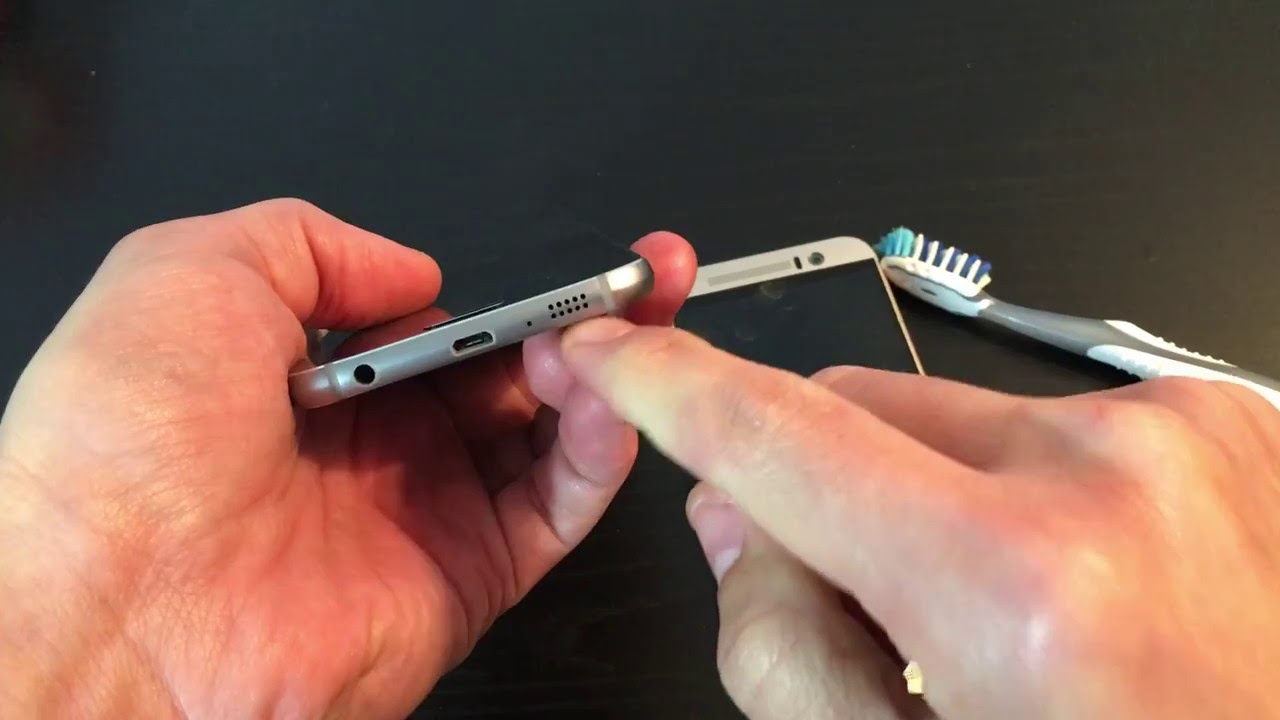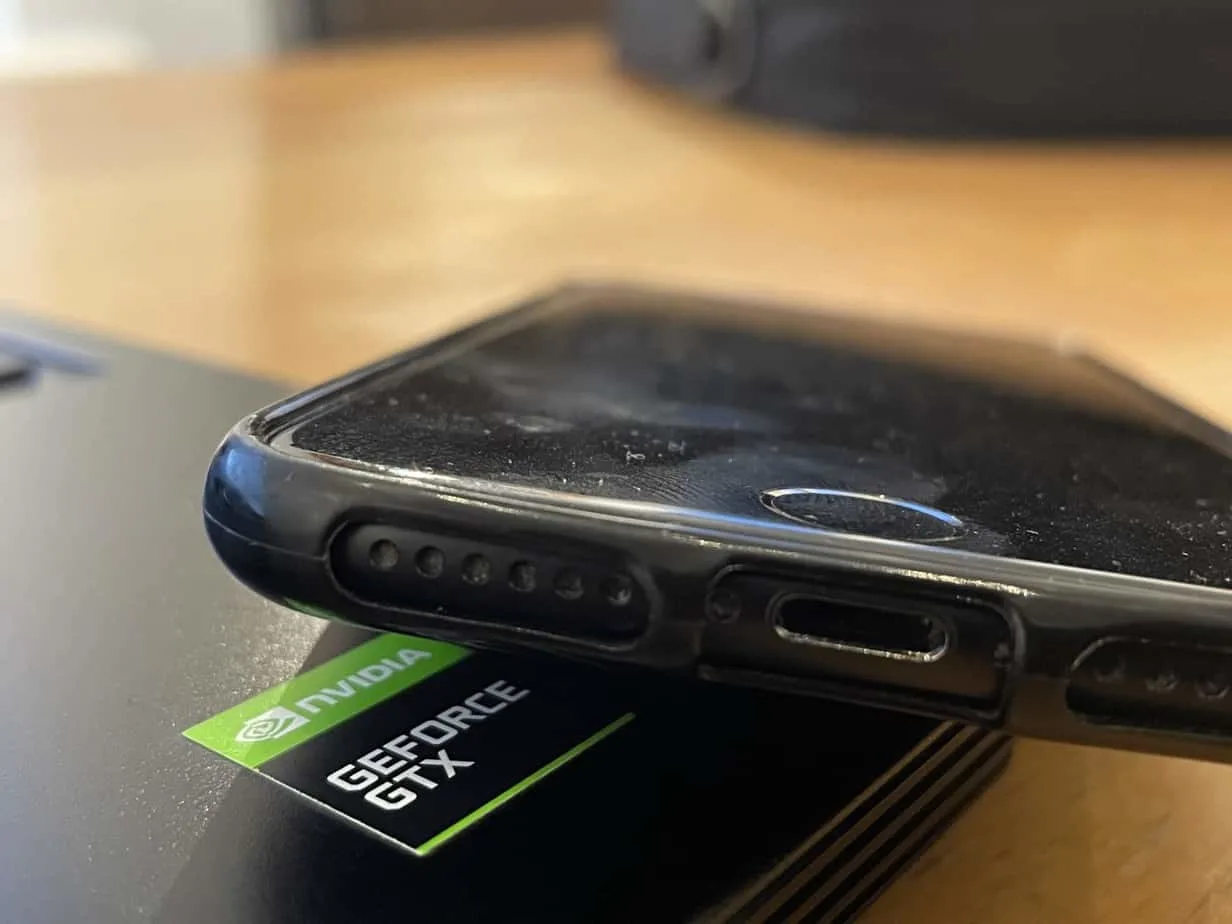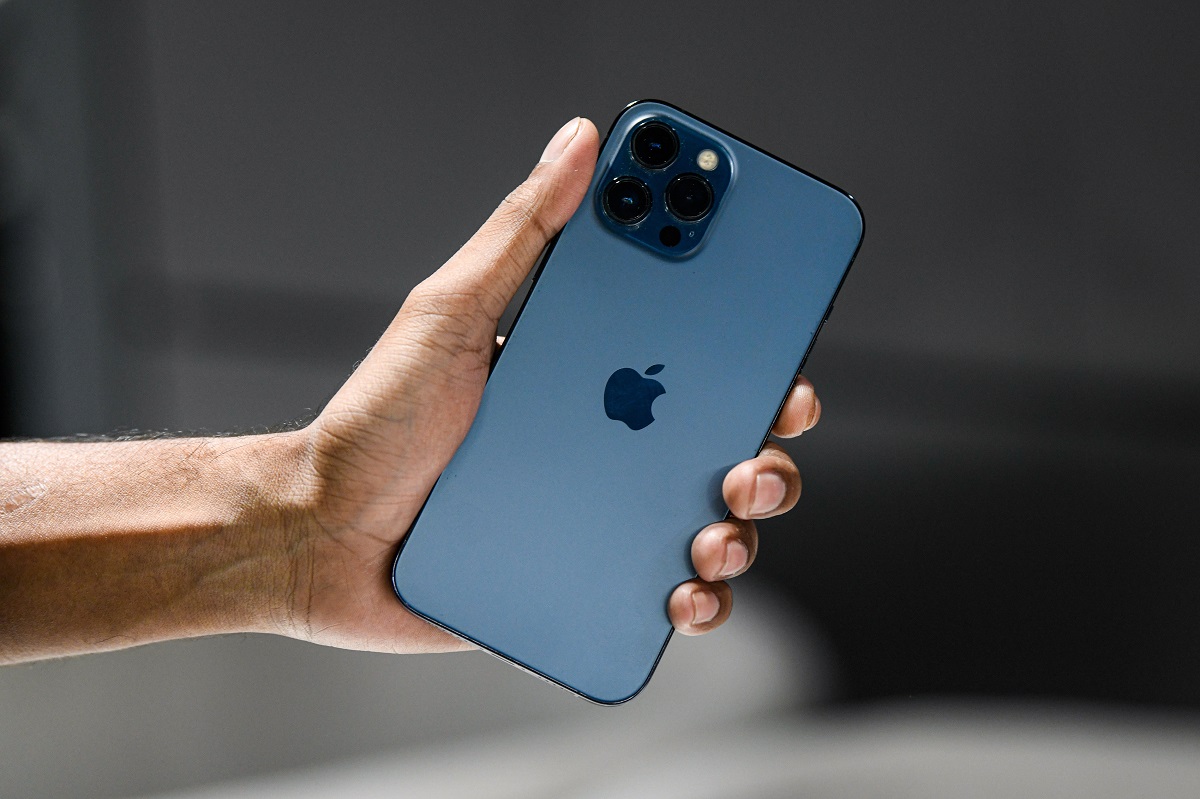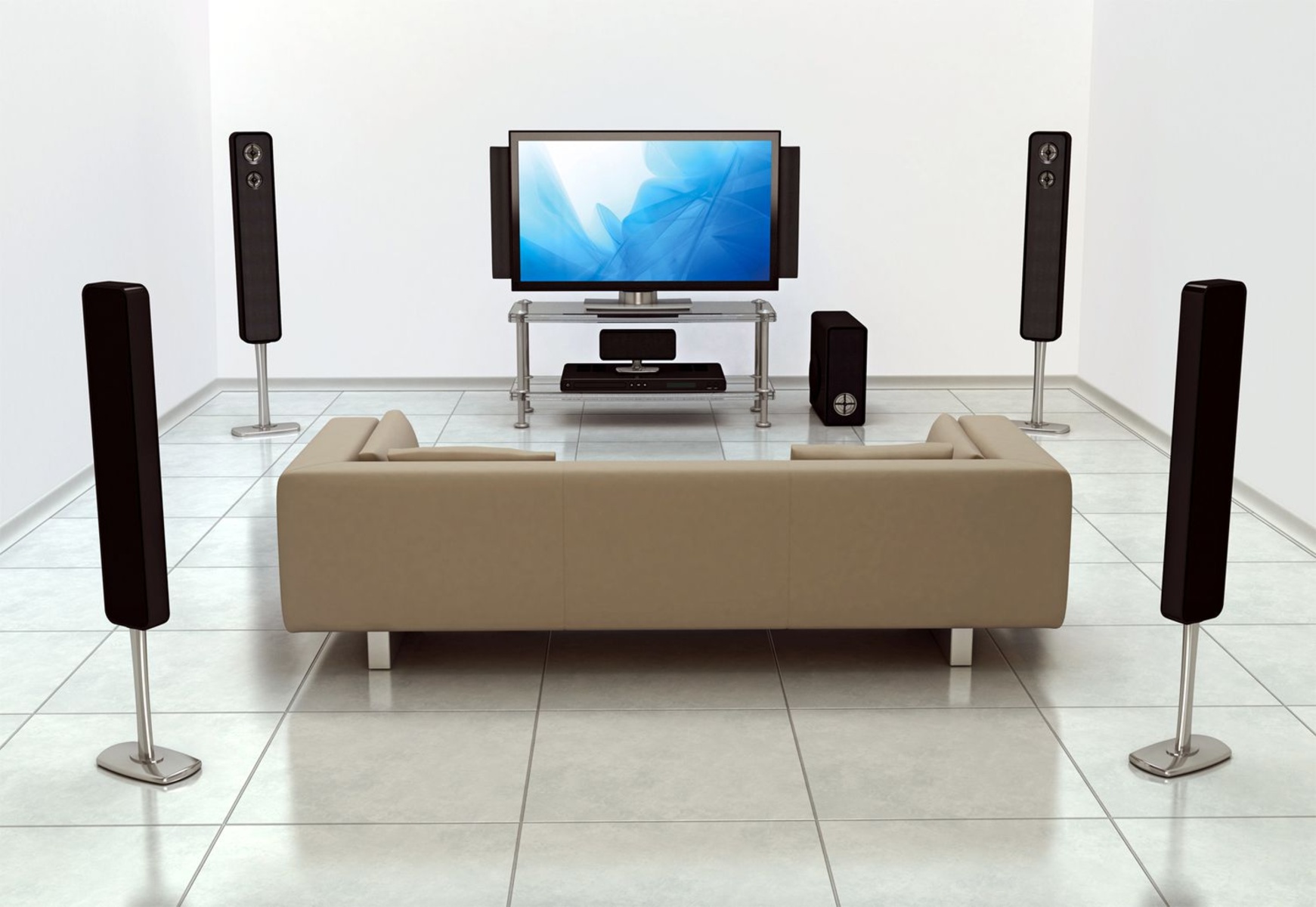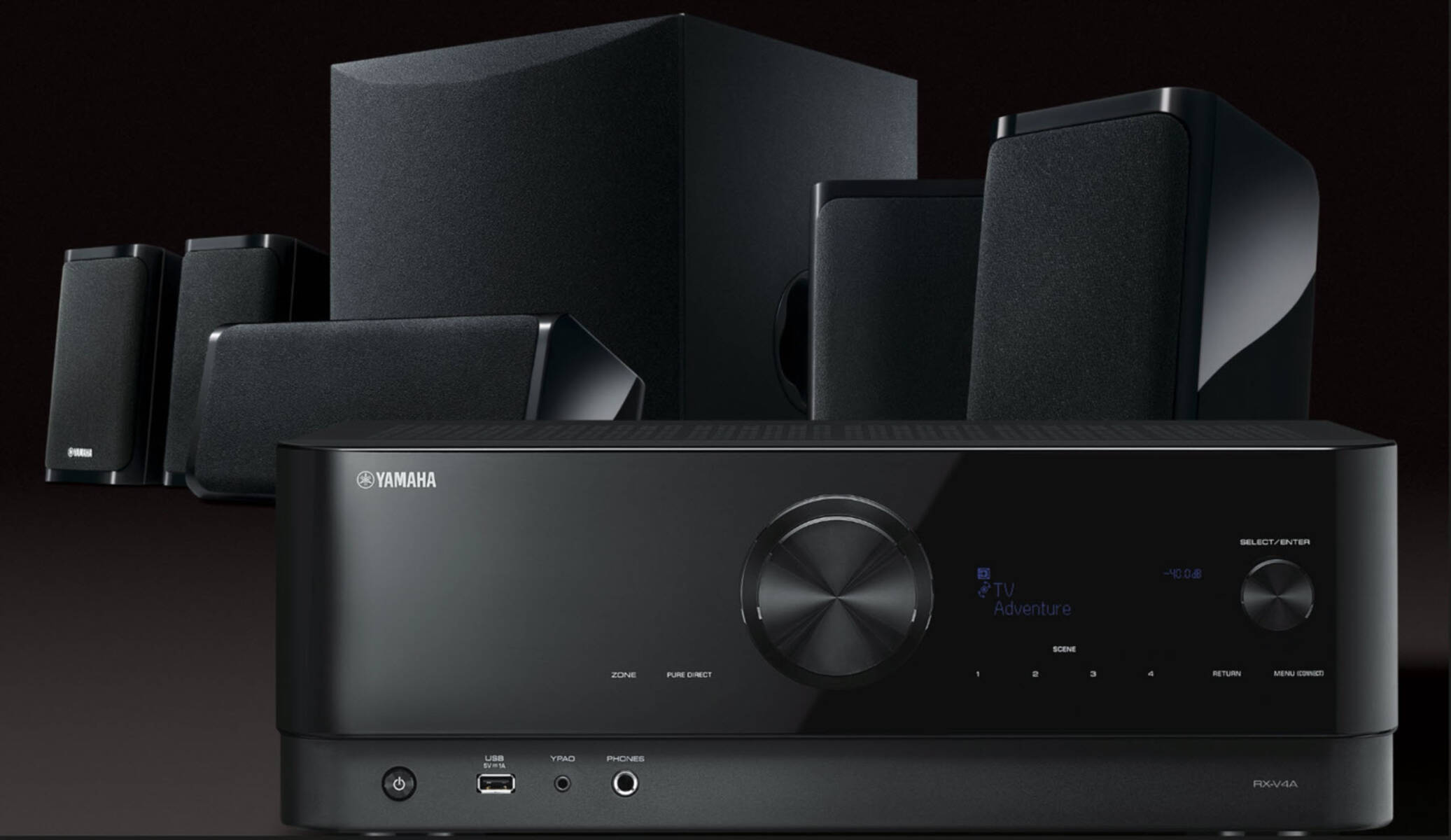Introduction
When you’re enjoying your favorite music or engaging in a crucial phone conversation, the last thing you want to encounter is a buzzing sound emanating from your phone’s speaker. This annoying disturbance can disrupt your experience and hinder effective communication. Understanding the potential causes of this issue and the steps to troubleshoot it can help you address the problem swiftly and restore your phone’s audio quality.
Whether you’re using a smartphone or a traditional mobile device, encountering buzzing sounds from the speaker can be attributed to various factors. From physical damage to software glitches, the root of the problem can be diverse. By delving into the common causes and implementing targeted troubleshooting measures, you can regain the crisp and clear sound quality you expect from your phone’s speaker.
This guide aims to explore the prevalent reasons behind buzzing sounds from phone speakers and provide a comprehensive set of troubleshooting steps to help you resolve this issue. By following these steps, you can work towards eliminating the disruptive buzzing and enjoy uninterrupted audio quality on your mobile device.
Common Causes of Buzzing Sounds
Several factors can contribute to the occurrence of buzzing sounds from a phone’s speaker. Understanding these common causes is essential for effectively troubleshooting the issue. Here are the primary culprits behind this disruptive audio problem:
- Physical Damage: Drops, impacts, or exposure to moisture can lead to hardware damage, resulting in buzzing or distorted sound output from the speaker.
- Volume Levels: Playing audio at excessively high volumes may cause the speaker to produce buzzing or crackling sounds, indicating potential strain on the speaker components.
- Software Glitches: Outdated software, incompatible apps, or system errors can lead to audio disturbances, including buzzing sounds from the speaker.
- Signal Interference: Proximity to electronic devices, magnetic sources, or areas with poor network connectivity can introduce interference, causing buzzing or static in the audio output.
- Hardware Malfunctions: Internal components, such as the speaker unit or audio amplifier, may experience malfunctions, leading to buzzing or distorted sound reproduction.
By recognizing these common causes, you can gain insight into the potential origins of the buzzing sounds from your phone’s speaker. This understanding forms the basis for effective troubleshooting, allowing you to address the specific issue with targeted solutions.
Troubleshooting Steps
When faced with buzzing sounds emanating from your phone’s speaker, employing systematic troubleshooting steps can help identify and resolve the underlying issue. By following these steps, you can work towards restoring the optimal audio performance of your device:
- Check for Physical Damage: Inspect your phone for any visible signs of physical damage, such as dents, cracks, or exposure to moisture. Addressing any detected damage can potentially alleviate the buzzing sound issue.
- Adjust Volume Levels: Lower the volume of your phone’s audio output to see if the buzzing diminishes. High volume levels can strain the speaker components, leading to distorted or buzzing sound reproduction.
- Update Software: Ensure that your phone’s operating system and installed apps are up to date. Software updates often include bug fixes and optimizations that can rectify audio-related glitches, including buzzing sounds.
- Check for Signal Interference: Move your phone to a different location, away from potential sources of signal interference such as other electronic devices or areas with poor network reception. Assess if the buzzing sound persists in a different environment.
- Test in Safe Mode: Boot your phone into safe mode, if available, to determine if a third-party app is causing the buzzing sound. If the issue is absent in safe mode, it may be linked to a specific app or software conflict.
By systematically addressing these troubleshooting steps, you can methodically assess and mitigate the buzzing sound issue affecting your phone’s speaker. Each step targets a specific aspect that could contribute to the problem, guiding you towards a potential resolution.
Step 1: Check for Physical Damage
Physical damage to your phone can significantly impact the performance of its speaker, leading to buzzing or distorted sound output. Conduct a thorough examination of your device to identify any visible signs of damage that could be contributing to the audio issue.
Begin by inspecting the exterior of your phone for dents, scratches, or cracks. Pay close attention to the speaker grille and surrounding areas, as damage in these regions can directly affect sound reproduction. If you notice any physical imperfections, consider their potential impact on the speaker’s functionality.
Furthermore, assess the overall condition of your phone for indications of exposure to moisture or liquid ingress. Water damage can detrimentally affect the internal components, including the speaker, leading to audio disturbances such as buzzing or crackling sounds. If your device has been exposed to moisture, it is crucial to address this issue promptly to prevent further damage and restore optimal audio performance.
Addressing physical damage may involve seeking professional assistance from a qualified technician or contacting the device manufacturer for repair options. Depending on the severity of the damage, solutions may range from simple cosmetic repairs to component replacements, ensuring that the speaker functions as intended without producing disruptive buzzing sounds.
By meticulously examining your phone for physical damage and taking appropriate remedial measures, you can effectively eliminate potential sources of audio disruption, paving the way for clear and undisturbed sound output from the speaker.
Step 2: Adjust Volume Levels
Excessively high volume levels can strain the speaker components of your phone, potentially leading to buzzing or distorted sound output. When encountering buzzing sounds from the speaker, it is essential to assess and adjust the volume settings to alleviate the issue.
Begin by reducing the volume of your phone’s audio output to a moderate level. Observe if the buzzing diminishes or ceases as the volume is lowered. By lowering the volume, you can alleviate potential strain on the speaker, allowing it to reproduce sound without introducing disruptive buzzing or crackling noises.
Additionally, consider the source of the audio being played on your phone. If the buzzing occurs only when specific types of media are being played, such as music with heavy bass or audio with high-frequency components, adjusting the equalizer settings or choosing different audio content may help mitigate the issue. Experiment with various audio sources and settings to determine if the buzzing is linked to specific audio characteristics.
By conscientiously adjusting the volume levels and exploring different audio sources, you can discern the impact of volume settings on the occurrence of buzzing sounds from the speaker. This proactive approach allows you to optimize the audio output of your phone, minimizing the likelihood of disruptive audio disturbances.
Step 3: Update Software
Outdated software and unaddressed software glitches can contribute to audio disturbances, including buzzing sounds emanating from your phone’s speaker. Ensuring that your device’s operating system and installed applications are up to date is crucial for addressing potential software-related issues that may impact audio performance.
Begin by checking for available software updates for your phone’s operating system. Manufacturers frequently release updates that include bug fixes, performance enhancements, and optimizations that can rectify audio-related glitches. Navigate to the system settings or software update section of your phone to initiate the update process. It is advisable to connect to a stable Wi-Fi network to download and install updates efficiently.
In addition to the operating system, consider updating the applications installed on your phone, especially those related to audio playback or system functions. App developers often release updates to address compatibility issues, performance optimizations, and bug fixes that can influence the overall audio experience on your device. By ensuring that your apps are updated to the latest versions, you can mitigate potential software-related factors contributing to the buzzing sound issue.
If the buzzing persists after updating the software, consider performing a soft reset or rebooting your phone to allow the software changes to take effect. This simple step can help resolve temporary software glitches that may be affecting the audio output, providing a fresh start for your device’s functionality.
By proactively updating the software on your phone and ensuring that both the operating system and installed apps are current, you can address potential software-related factors contributing to the buzzing sounds from the speaker. This systematic approach aids in optimizing the software environment to promote clear and undisturbed audio reproduction on your device.
Step 4: Check for Signal Interference
Signal interference from external sources can introduce disruptions in the audio output of your phone’s speaker, potentially manifesting as buzzing or static sounds. Assessing and mitigating potential sources of interference is crucial for ensuring clear and uninterrupted audio reproduction on your device.
Begin by identifying the environment in which you typically experience the buzzing sounds from the speaker. Note the presence of electronic devices, such as routers, wireless speakers, or other mobile devices, in close proximity to your phone. Additionally, consider the influence of environmental factors, such as magnetic sources or areas with poor network connectivity, which can contribute to signal interference.
To mitigate potential signal interference, consider relocating your phone to a different area or adjusting its position to minimize proximity to electronic devices or magnetic sources. Observing changes in the buzzing sound as you relocate can provide insight into the influence of signal interference on the audio output of your device.
If the buzzing persists in various locations, consider testing your phone in environments with robust network connectivity to assess the impact of signal strength on audio quality. Areas with weak network signals may introduce interference that affects the speaker’s performance, leading to disruptive buzzing or static sounds.
Furthermore, if you use wireless headphones or speakers with your phone, consider the possibility of connectivity issues or signal overlap contributing to the buzzing sounds. Temporarily disconnecting or turning off these external audio devices can help isolate the source of the interference and determine its impact on the phone’s speaker output.
By conscientiously evaluating the presence of signal interference and taking proactive measures to minimize its influence, you can work towards mitigating potential disruptions in the audio output of your phone’s speaker. This approach aims to create an environment conducive to clear and undisturbed sound reproduction, enhancing the overall audio experience on your device.
Step 5: Test in Safe Mode
Booting your phone into safe mode allows you to assess whether third-party apps or software conflicts are contributing to the buzzing sounds emanating from the speaker. This diagnostic step can help isolate the source of the issue and determine if specific applications are influencing the audio performance of your device.
To initiate safe mode on your phone, follow the manufacturer-specific instructions for entering this diagnostic mode. Typically, this involves pressing and holding a specific key combination during the device’s startup process. Once in safe mode, your phone will only run essential system software, temporarily disabling third-party apps that you have installed.
While in safe mode, assess the audio output of your phone to determine if the buzzing sound persists. If the issue is absent in safe mode, it suggests that a third-party app may be contributing to the disruptive audio experience. In such cases, consider uninstalling recently installed apps or those known to affect audio functionality to pinpoint the specific application responsible for the issue.
Additionally, observe if the buzzing sound occurs when using different audio sources or functions while in safe mode. Testing various audio playback scenarios can provide valuable insights into the specific conditions under which the buzzing occurs, aiding in the identification of potential software conflicts or app-related issues.
If the buzzing persists in safe mode, it may indicate underlying system-level software conflicts or issues that require further investigation. In such instances, consider reaching out to the device manufacturer’s support resources or seeking assistance from qualified technicians to diagnose and address the root cause of the audio disruption.
By testing your phone in safe mode and assessing its audio performance under this diagnostic setting, you can gain valuable insights into the influence of third-party apps and potential software conflicts on the occurrence of buzzing sounds from the speaker. This targeted approach aids in identifying and addressing specific software-related factors that may impact the audio quality of your device.
Conclusion
Addressing buzzing sounds from your phone’s speaker involves a systematic approach to troubleshooting potential causes and implementing targeted solutions. By recognizing the common culprits behind this disruptive audio issue, including physical damage, volume levels, software glitches, signal interference, and software conflicts, you can effectively navigate the troubleshooting process to restore optimal audio performance.
Through the meticulous examination of your device for physical damage and the adjustment of volume levels to alleviate potential strain on the speaker, you can proactively mitigate the occurrence of buzzing sounds. Additionally, ensuring that your phone’s software is up to date and evaluating the impact of signal interference in different environments are essential steps in optimizing the audio output of your device.
Furthermore, the diagnostic evaluation in safe mode provides valuable insights into the influence of third-party apps and software conflicts on the audio disruptions, guiding you towards targeted resolutions for potential software-related issues.
By integrating these troubleshooting steps into your approach, you can work towards eliminating buzzing sounds from your phone’s speaker and enjoy uninterrupted audio quality. Should the issue persist despite these efforts, seeking professional assistance from qualified technicians or the device manufacturer can provide further insights and potential solutions to address the root cause of the audio disruption.
Ultimately, by leveraging a comprehensive understanding of the potential causes of buzzing sounds and the systematic application of troubleshooting steps, you can navigate the resolution of this audio issue with confidence, ensuring that your phone’s speaker delivers clear, undisturbed sound reproduction for an enhanced audio experience.







